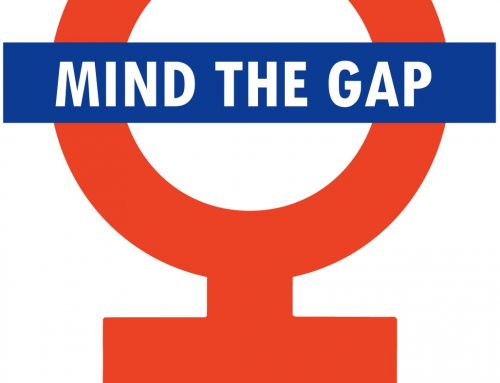 In my previous post on “The Brexit Surprise,” I highlighted the potential situations for women that could arise when Britain leaves the European Union. One of the benefits for women in the European Union is the protection of equal pay, and not simply for the exact same job—for jobs that have comparable value. The United States may begin following suit. In a new law signed by Governor Charlie Baker, Massachusetts employers will now be required to pay individuals the same amount for work of equal value. In addition, employers will not be permitted to ask a candidate what their salary was at their former employer and must disclose a salary range for the job at the outset—paving the way for wage transparency, and therefore, equality.
In my previous post on “The Brexit Surprise,” I highlighted the potential situations for women that could arise when Britain leaves the European Union. One of the benefits for women in the European Union is the protection of equal pay, and not simply for the exact same job—for jobs that have comparable value. The United States may begin following suit. In a new law signed by Governor Charlie Baker, Massachusetts employers will now be required to pay individuals the same amount for work of equal value. In addition, employers will not be permitted to ask a candidate what their salary was at their former employer and must disclose a salary range for the job at the outset—paving the way for wage transparency, and therefore, equality.
Leveling the Playing Field
Increasing transparency can identify where the wage gap exists, which may be half the battle because studies have been conducted and theories proposed to explain its existence. Some attribute the wage gap to the career and job choices women make. Harvard economist Claudia Goldin points more specifically to women seeking jobs with what she terms “temporal flexibility,” either in part time or telecommuting work.
“Some of the best studies that we have of the gender pay gap, following individuals longitudinally, show that when they show up right out of college, or out of law school, or after they get their MBA, all the studies that we have indicate that wages are pretty similar then…But further down the pike in their lives, by 10-15 years out, we see very large differences in their pay. But we also see large differences in where they are, in their job titles, and a lot of that occurs a year or two after a kid is born, and it occurs for women and not for men.”
Others point to institutional and deeply ingrained sexism. An article in The New York Times highlights the work of NYU sociology professor Paula England, co-author of “Occupational Feminism and Pay: Causal Dynamics 1950-2000.” England and her co-authors found that once more women entered a field previously dominated by men, wages dropped. England appears to refute the “job choice” explanation for wage disparity:
“It’s not that women are always picking lesser things in terms of skill and importance,” Ms. England said. “It’s just that the employers are deciding to pay it less.”
While it is clear that female representation, for example, in education is much higher (75% of teachers in K-12 are women), and education is a lower-paid field, the question remains: why are there fewer women in jobs that pay well, including finance and medicine? What about women who are not white-collar workers such as in food service and retail?
All of this comes back to comparable work and transparency. We have ways to go before STEM jobs or jobs in other male-dominated fields are 50% women. We need to avoid “Second Shift” work and corporations need to establish family-friendly policies—and not penalize those employees who actually avail themselves of those benefits. Until then, wage transparency is a simple and effective tool in promoting wage parity.





